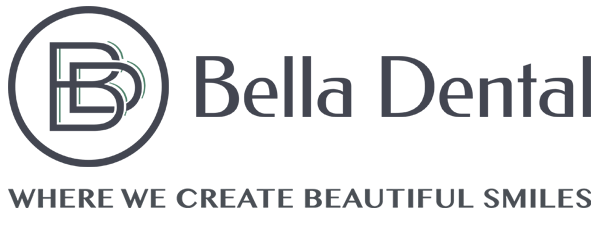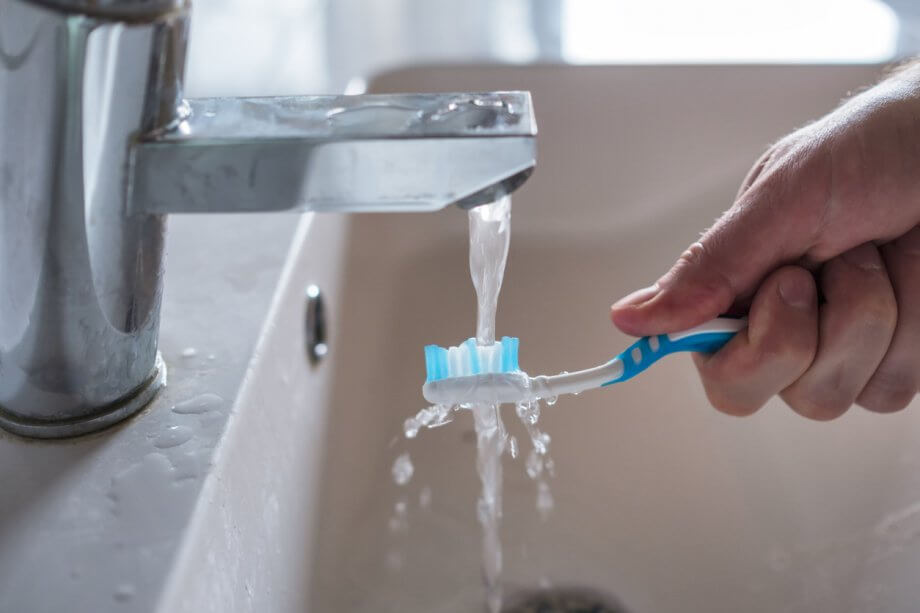Here’s a fun fact: over one-third of American adults leave the tap running while they brush their teeth. If you’re one of the 35% of people who let the water run, you’re wasting up to 16 gallons of water each day if you brush the recommended two minutes, morning and night. Being in New Jersey, it’s even more likely that you don’t turn off the tap when you brush––only 55% of people in the Northeast turn off the tap, compared with 67% in Western states and 62% in the Midwest.
Why do people leave their taps running while they brush? The answer is simple: habit. Many of us learned to brush our teeth in the days before water conservation or worries about the environment impacted our everyday lives. Leaving the water on isn’t something we think about, or even a choice we actively make each day––it’s just second nature and what we’re used to doing.
Here are some simple ways to conserve water while practicing good oral hygiene.
Turn Off the Tap
Now that you know better, you can do better. Turning off the tap doesn’t just help conserve water; it also helps you save money. Wasting 16 gallons of water a day is a lot. And if everyone in your household brushes their teeth twice a day with the water running too, the cost adds up even more.
After reading this post, you should have a momentary pause when you turn on the water to brush your teeth that prompts you to change your routine. If you think you’re likely to forget, put a sticky note on your bathroom mirror as a reminder to you and your family.
Use a Real Cup for Rinsing
Turning off the tap will make the biggest difference when it comes to conserving water. That said, there’s another small change you can make that will add up over time: if you cup your hands under the faucet, fill them with water, and then bring them to your mouth to rinse, you’re wasting water. First, because your hands are not watertight and water will leak through your fingers as you do this, and also because while you’re rinsing, your hands are too busy to turn off the faucet even if you wanted to. The simple solution is to keep a small cup in the bathroom and fill it with just enough water to rinse your mouth when you’re done brushing.
Invest in Plumbing Changes
If you’re really serious about saving water, you can install an aerator on your bathroom faucet. These add air to the water as it comes out, resulting in up to 60% less water flowing from your faucet. If your faucet is old, consider replacing it with a newer, more efficient model.
Let's Talk About Tooth Brushing
We might not be able to help install that new low flow faucet to help you conserve water, but we can give you some tips on brushing and flossing to prevent tooth decay and gum disease. Contact us to make an appointment at one of our three New Jersey locations.

